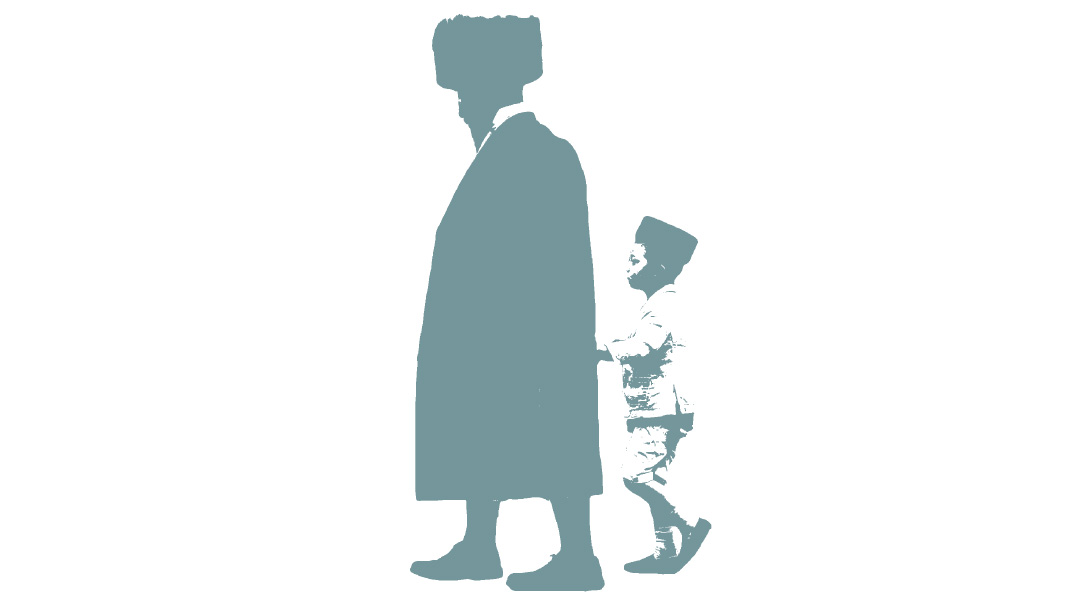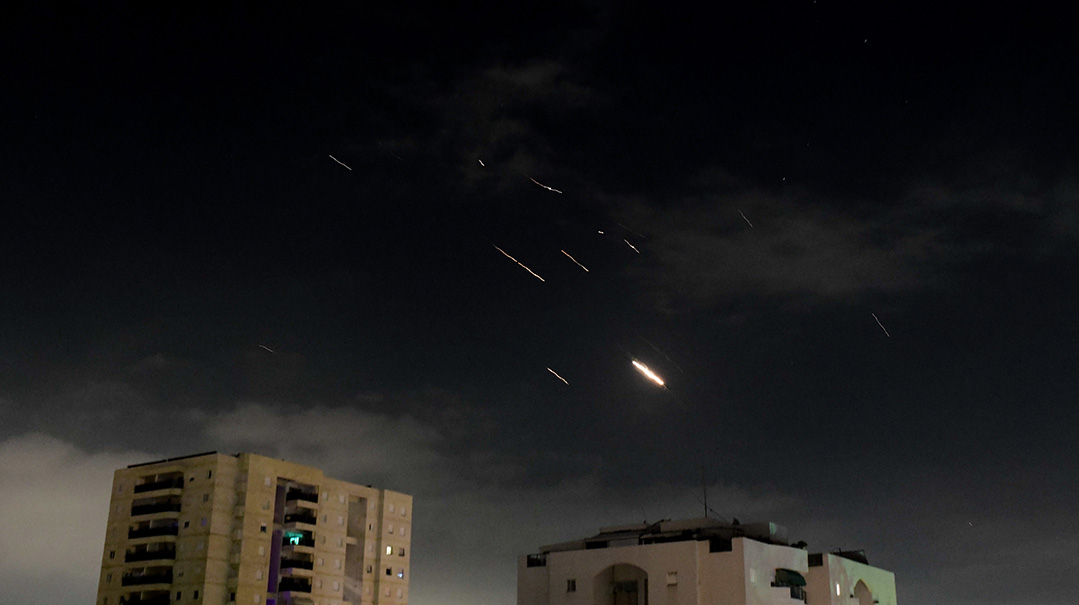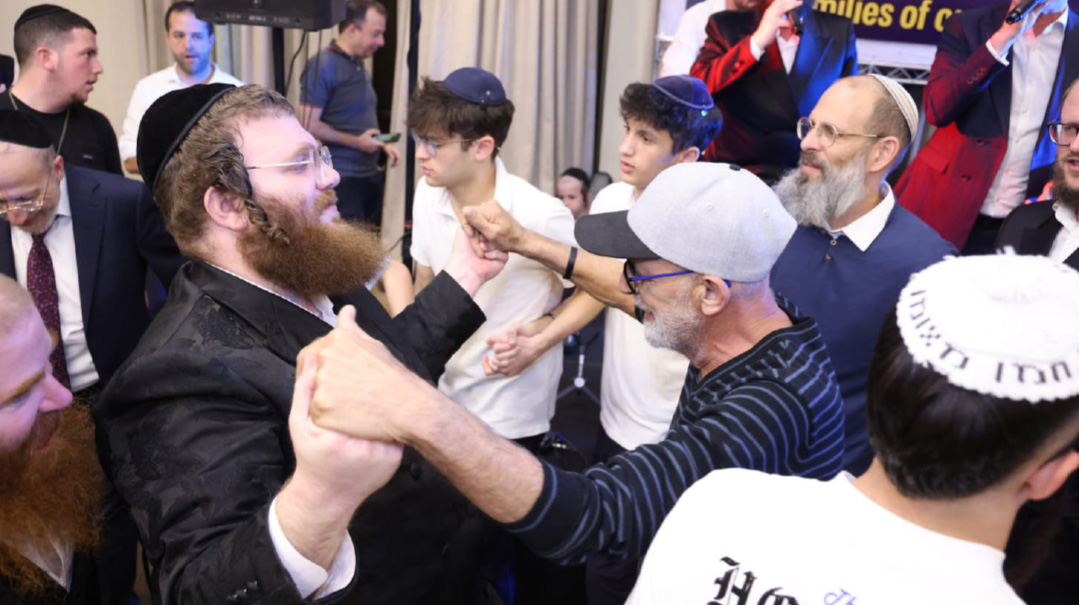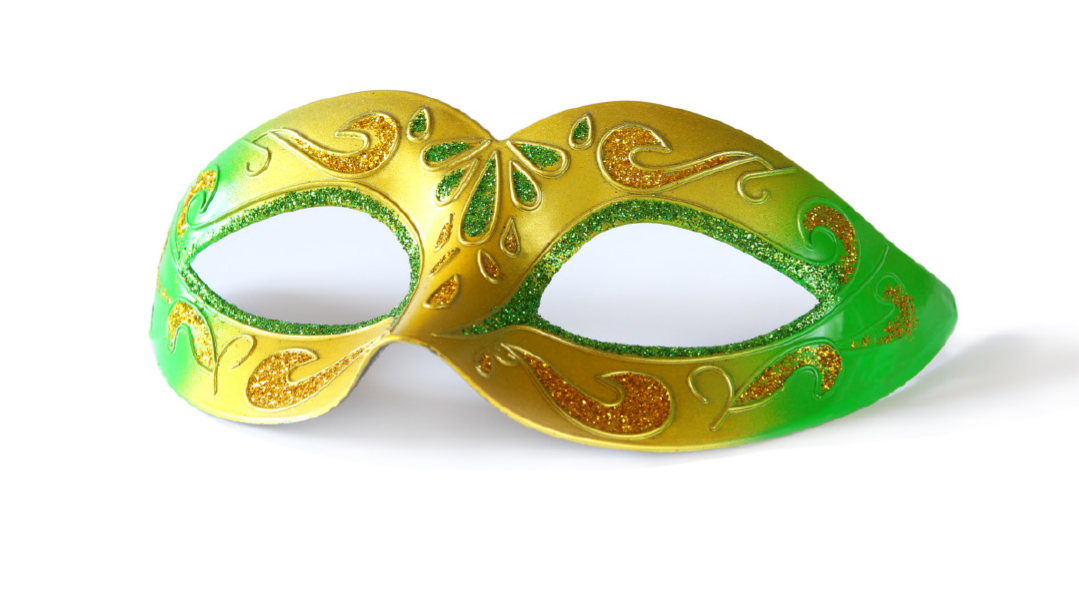The Othering of New York’s Chassidim

The NYT’s anti-chassidic campaign isn’t over, given that, thus far, only the victims have voiced serious complaint

W
orld order may be shaking, American democracy might have just survived a near-death experience, but for liberal New Yorkers clutching for some remnant of the familiar, there’s one constant: The New York Times still doesn’t like chassidim.
Make that really, really doesn’t like chassidim — to the tune of multiple lengthy articles attacking their education and way of life over the past few months.
The latest such piece, titled “How Hasidic Schools Reaped a Windfall of Special Education Funding,” highlighted the steep jump in provision of special educational services since former mayor Bill De Blasio moved to provide public funding inside the private education system in 2014.
Filed by the Metro desk, the piece could have appeared under the music tab, because it was a new cover of an old hit.
“Today, at Hasidic and Orthodox schools,” the article claimed, “higher percentages of students are classified as needing special education than at other public and private schools in New York City. At 25 of the city’s approximately 160 Hasidic yeshivas, more than half of the students are classified as needing special education. Records show the classifications are routinely justified by citing the students’ struggles with English.”
Based on that premise, the paper then went on to allege that chassidic special education providers had embarked on a feeding frenzy in which they charged the government up to $200 an hour — far above standard rates — for services administered by sometimes under-qualified tutors; while developing a cozy financial relationship with the educational institutions that their charges attend; and straining provision of special-ed services to more worthy cases.
Amid the welter of reports about borderline shady practices across the chassidic educational system, one unsavory image — familiar from the previous NYT pieces — emerged: of an insular community, determined not to play by society’s rules, but which had learned to game the system for its own maximum benefit.
The authors may not have said so outright, but the tenor of the hundreds of responses to the latest article is noteworthy: Terms such as “hasids,” “greedy cult leaders,” and “extremists” are standard fare throughout the talkbacks. In any other context, reporting that reliably generates such bigoted reactions would be known as a “dog whistle.”
HOW TO RESPOND to the Times’ latest piece? First, by acknowledging that it indeed does demand a reaction. The quality of a major investigation into Russian war crimes in Ukraine published a few days before the latest yeshivah piece was a reminder that amid all the dross, the NYT produces gold nuggets as well. Hence its continued credibility, and the impact of anti-yeshivah reporting.
And while many in the wider Orthodox community — weary of the paper’s anti-Israel hectoring — have long concluded that the outlet is irredeemably biased, it remains the bible of the left-leaning governing classes who make policy.
While it’s clear that any individual or organizational malpractice shouldn’t be defended by the community, to deal with individual allegations would be to lose sight of the forest for the trees.
The Amazon-like forest in question is that this reporting — its persistence, the resources dedicated to it, and its gloves-off judgmentalism — is unique when it comes to minorities. A laser-like focus on the chassidic community has one name: not journalism but agenda-driven activism.
Since the Times has seen fit to rehash old tropes, I’ll take the liberty of quoting and amplifying something that I myself wrote on the subject in response to an earlier piece.
“Exactly why religious Jews — a visible, often-vulnerable community — became the only non-minority minority, at the exact moment when other ethnic groups achieved a special status in liberal thinking, is worth exploring,” the piece read.
“In an era of heightened racial and ethnic sensitivity, it’s inconceivable that the same paper would be so persistent in reporting negatively about any other minority in this way. There is simply no way that the NYT would invest such resources in going after central elements of another, more ‘trendy’ minority’s life.”
A thought experiment is useful in understanding just how biased this is. Let’s say, for argument’s sake, that it was the African-American community that was suspected of the same charges.
A similar headline might then read “How Majority Black Schools Reaped a Windfall of Special Education Funding.”
Is there any way that such a headline could be published, even if true? Could a three-part series attacking the fundamental culture of that community make it onto the Times front page? Would a journalist — never mind an entire team — be assigned to cover the story?
Given racial sensitivities, clearly not. So why are chassidim the exception, as uniquely fair game?
The answer has a lot to do with the chassidim’s status as the ultimate, highly visible outsider. Basic human nature makes us categorize those similar to us as insiders, and those who are different from us as outsiders. At its most positive, that dynamic helps us build communities; the downside is that we instinctively distance those who look and act different from us.
LIBERALISM — which seeks to curb that negative tendency by creating an equal civic playing field — can count among its achievements the far greater racial and ethnic tolerance that characterizes Western societies compared to a few decades ago. But that liberal mechanism stumbles when it comes to chassidim, among the most insular of social groupings in the modern world.
Some of the blame for that failure belongs to liberal Jews, who are over-represented in the New York Times newsroom. As with anti-Israel bias delivered by those with names like Noam Chomsky, Jewish bylines are seen to be proof against allegations of bias in reporting on Orthodox communities.
They shouldn’t be. As Moshe Krakowsi of Yeshiva University writes in an excellent analysis of the NYT’s campaign in Commentary, “When it comes to Haredim, the rules of polite discourse do not apply, and generalizations, prejudice, and bigotry are proffered as self-evident fact.
“If, as Tom Lehrer sang, ‘everybody hates the Jews,’ whom do the Jews hate? Haredim. They are the Jews of the Jews.”
In that context, a new Agudah campaign called “Know Us” to counter the NYT’s narrative is a welcome move. On billboards in Times Square, the ads lined up the recent jump in anti-Semitic attacks and the NYT campaign, calling to “please stop attacking our community.”
While at first blush it’s unlikely that Times readers have been socking chassidic Jews in Boro Park, the premise of the ad campaign is correct: The “othering” of chassidic Jews, the assumption that different rules apply to them than to other New York citizens — is the fertile soil in which these attacks have been happening.
It’s safe to assume that the NYT’s anti-chassidic campaign isn’t over, given that, thus far, only the victims have voiced serious complaint.
That’s why the pushback needs to get serious. Jews of all stripes need to speak up and remind the New York Times that if liberalism is sincere, there is no room for othering an entire community — even if they happen to wear sidelocks.
(Originally featured in Mishpacha, Issue 943.
Oops! We could not locate your form.







